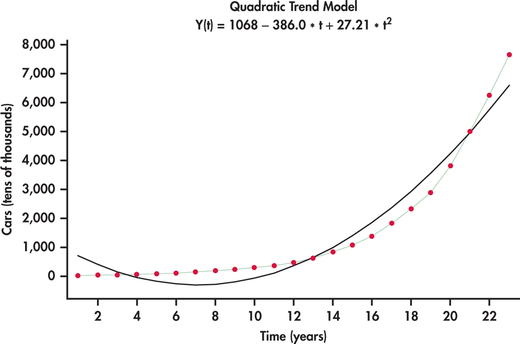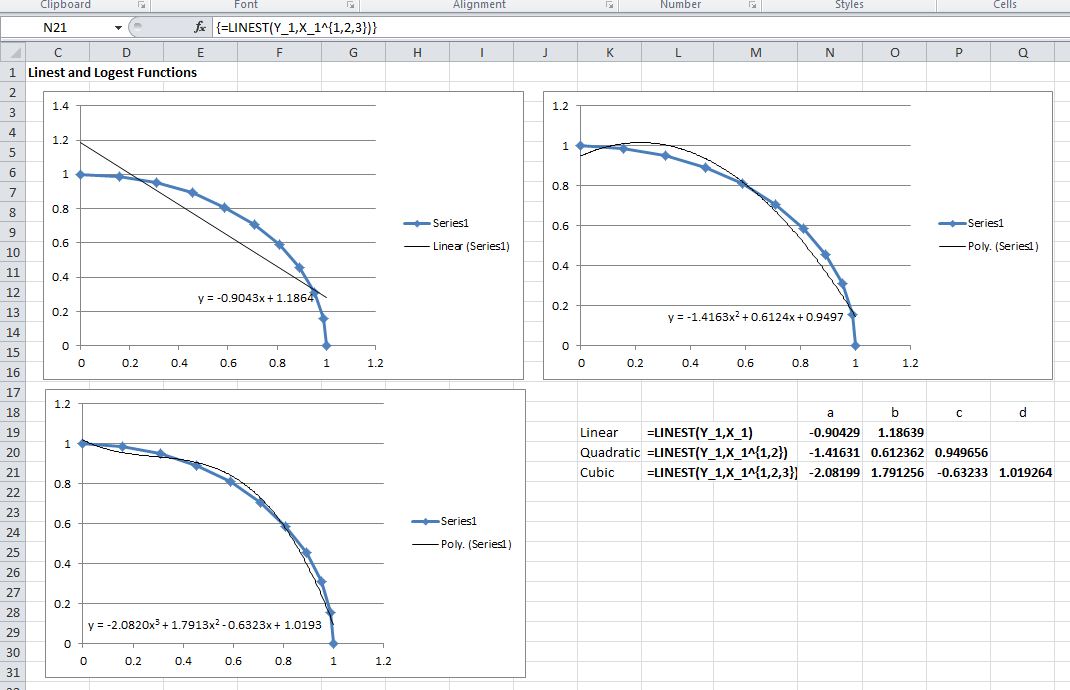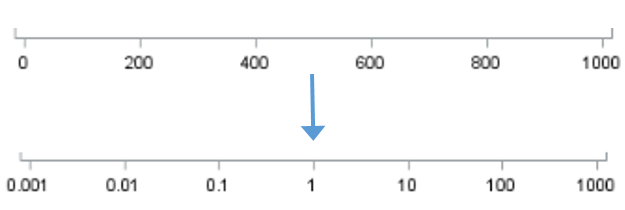

When you select logarithmic transformation, MedCalc computes the base-10 logarithm of each data value and then analyses the resulting data. The following illustration shows the histogram of a log-normal distribution (left side) and the histogram after logarithmic transformation (right side). The logarithm function tends to squeeze together the larger values in your data set and stretches out the smaller values.

If the data shows outliers at the high end, a logarithmic transformation can sometimes help.Many variables in biology have log-normal distributions, meaning that after log-transformation, the values are normally distributed.

In some cases, transforming the data will make it fit the assumptions better. Using parametric statistical tests (such as a t-test, ANOVA or linear regression) on such data may give misleading results. Some variables are not normally distributed and therefore do not meet the assumptions of parametric statistical tests.


 0 kommentar(er)
0 kommentar(er)
